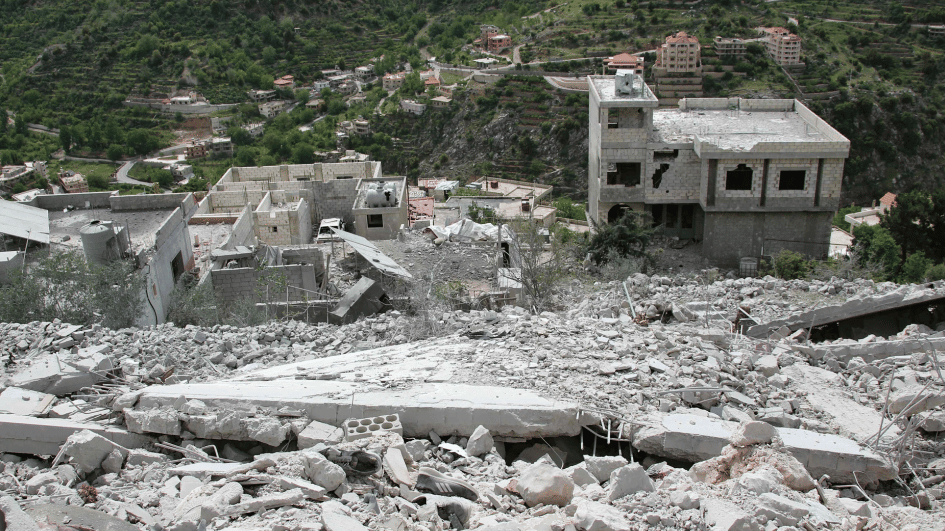Traces of ancient Turks found in Gobi Desert
Nevra Uçkaç- İZMİR

A Turkish scientist and his team have revealed archaeological documents regarding the cultural connections between an ancient Turkish group and the region in Mongolia’s Gobi Desert, which is one of the largest deserts in the world.
A scientific team headed by scholar Semih Güneri continued their studies in the Gobi Desert within the scope of the “Archeological Resources of Turkish Culture in Central Asia Project” (OTAK), which has been conducted since 1995.
Güneri stated that the team identified three new Paleolithic settlements, one inside the cave and two in the open area, adding the stone tool samples they collected and analyzed were indicated between 15,000- 12,000 B.C.
Researchers found mammoth figures belonging to Altai Turks at different periods, along with traces of the Upper Paleolithic Age, the subdivision of the Old Stone Age, settlements in the region.
“The two mammoth figures we found in the Gurvan Sayhan Uul region were quite surprising for us,” Güneri noted.
“The rock paintings of these large mammals, which became extinct in the last Upper Paleolithic Age, are the most interesting depictions of the time,” he added.
He noted that though petroglyphs, which are the painting and reliefs on the rock, are not the equivalent of the written historical evidence, they are an excellent source of information in terms of recreating the daily lives of local communities, burial customs, housing styles and many life events.
The team observed that the rock paintings spread over from the region of the Altai mountains to the south of Mongolia’s capital, Ulaanbaatar.
“This line of rock paintings, which also passed through the Gobi Desert, is the most important evidence of Altai Turks’ presence in this region,” Güneri explained.
“We completed the studies of the rock paintings that existed in a large area from the peaks of the Altai Mountains in the process of 13 years of research,” the scientist added.
Pointing out that the missing piece was the Gobi, Güneri stated that the team took a serious path in this regard this summer.
Güneri also stated that they recorded petroglyphs in the Gobi region far ahead of their estimates.
The team had previously deciphered the development of cultural relations between Siberia and Göbeklitepe thousands of years ago with material evidence, Güneri expressed.
“We are conducting research on the Paleolithic period in the Mongolia region for the first time. The presence of such early settlements in the desert area is exciting,” Güneri explained.
Güneri noted that the team will seek the answer to the questions such as “could the history of the Turkish-speaking peoples in these lands go back to such an early date?’
Semih Güneri also stated that the team will complete the 25th year of their work in Eurasia on the centennial of the foundation of the Turkish Republic.
“As a Turkish scientific team, we plan to celebrate the centennial of our republic both in Mongolia and Siberia during the excavations,” he added.
The Altai Turks are ancient Turkic ethnic groups residing mainly in the Siberia region, located today in Russia.
The Altai Turks are an essential source of information in terms of the history of the region and today’s Turks with their nomadic culture.
















